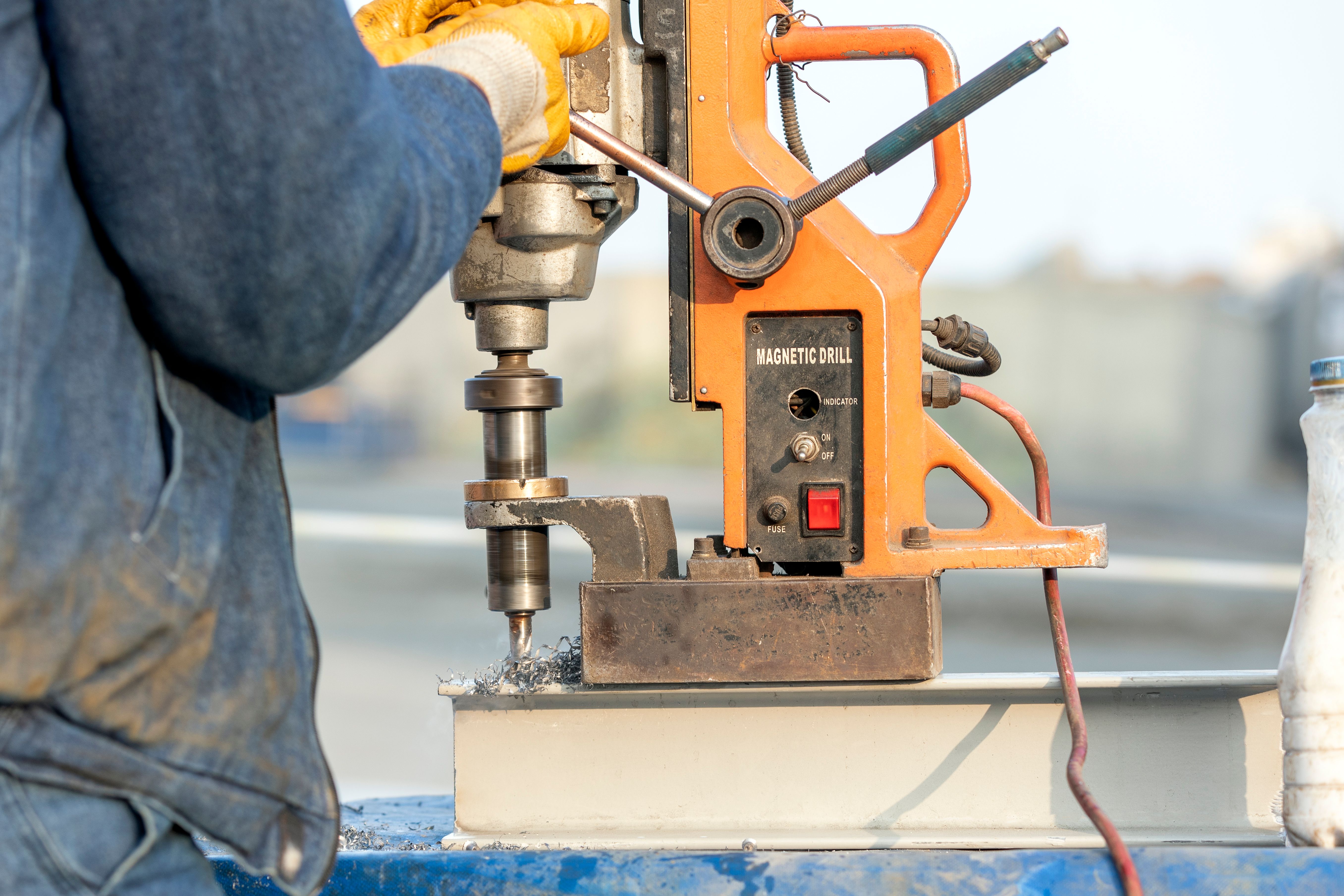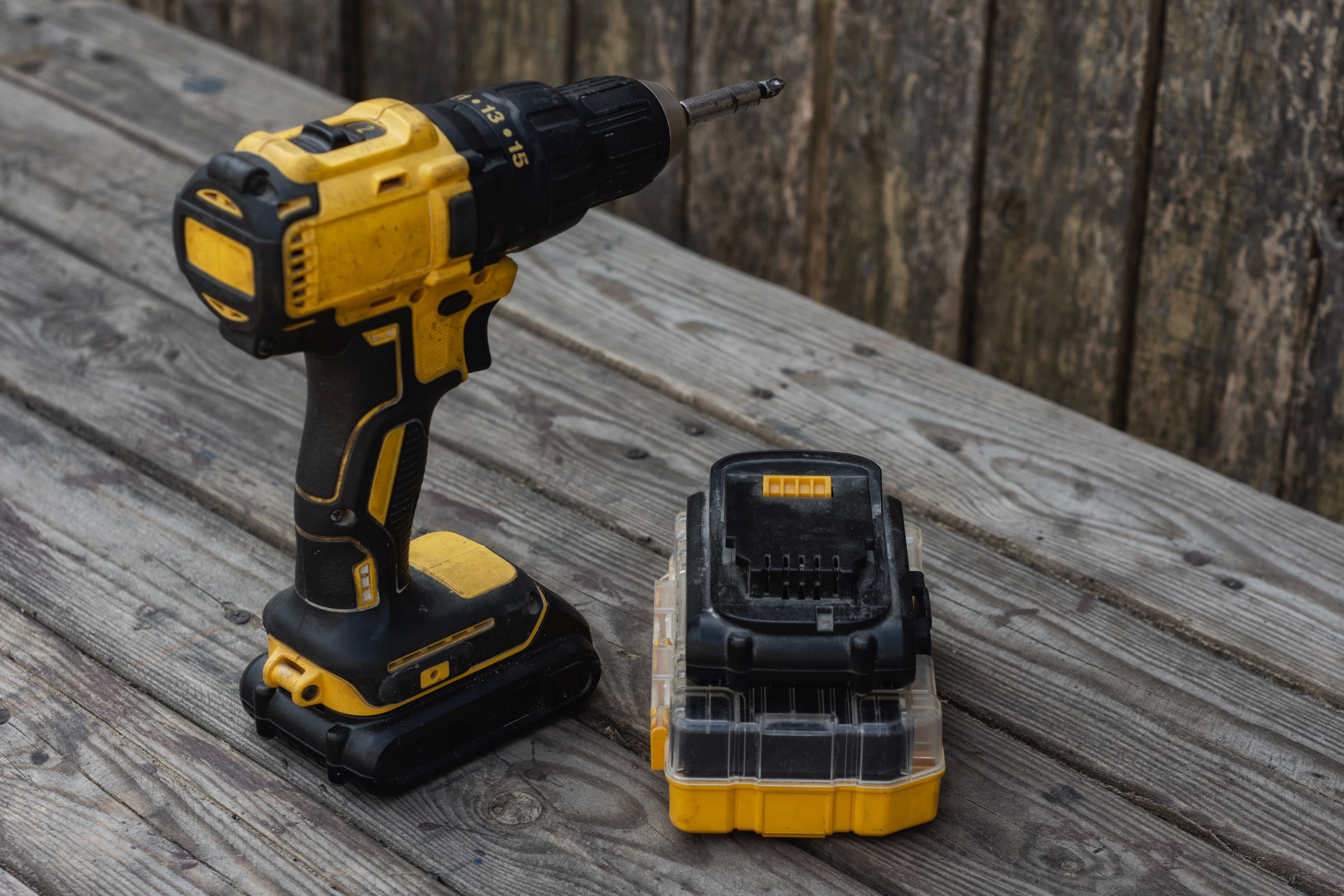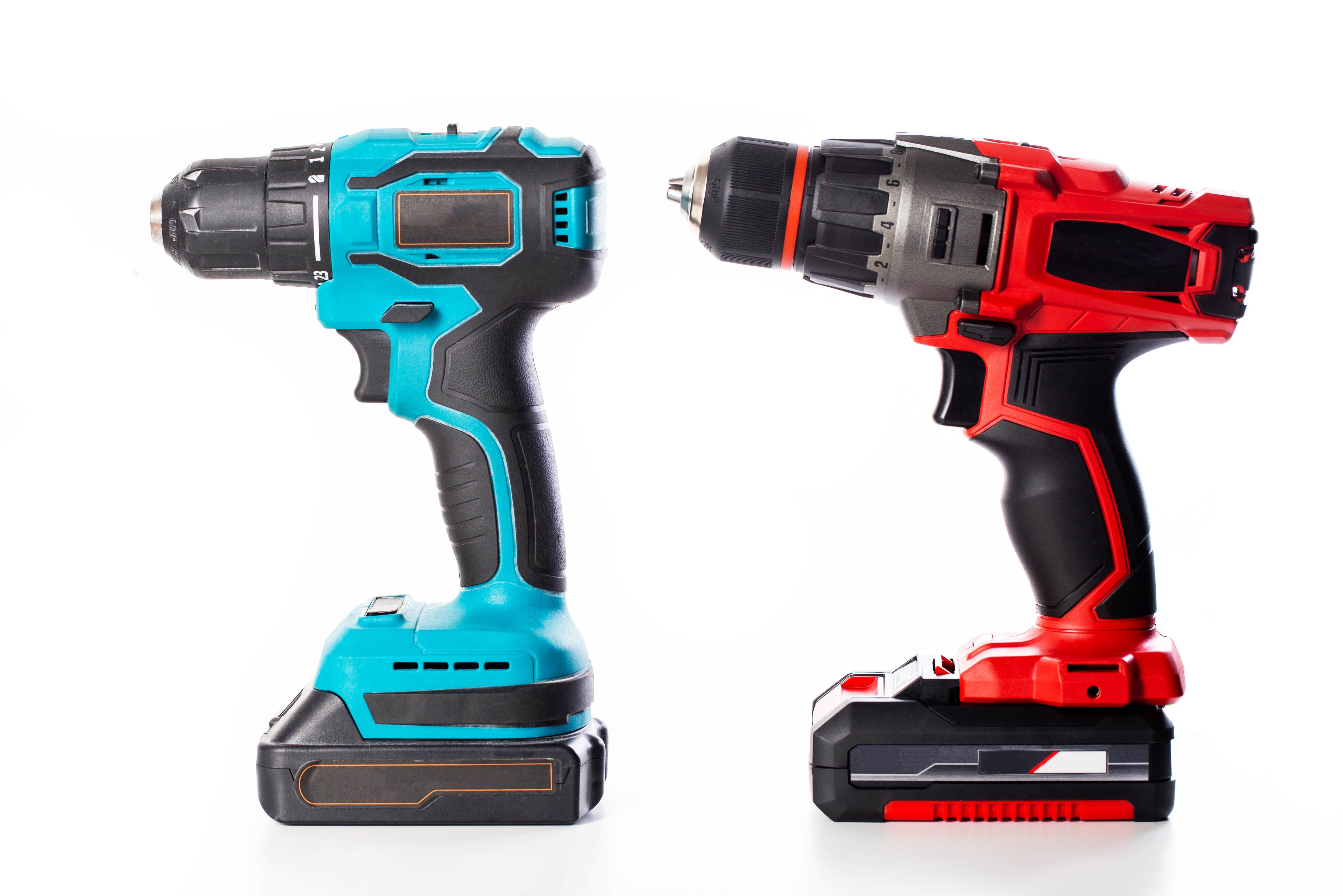Choosing the Right Magnet Drill for Your Project
RR
Understanding Magnet Drills
When embarking on a project that requires drilling into metal surfaces, choosing the right magnet drill is crucial. Magnet drills, also known as magnetic base drills, are portable machines that can easily attach to metal surfaces, providing a stable and precise drilling experience. These tools are incredibly versatile and beneficial for construction, fabrication, and even DIY projects.
Magnet drills come in various models and sizes, each designed to cater to different needs. From light-duty cordless models to heavy-duty machines, understanding the differences is essential to making an informed decision. In this post, we'll guide you through the critical factors to consider when selecting a magnet drill for your project.

Key Features to Consider
Drilling Capacity
The first feature to consider is the drilling capacity of the magnet drill. This refers to the maximum diameter and depth the drill can achieve. It's important to match the drill's capacity with your project requirements to ensure efficiency and effectiveness. For heavier tasks, opt for a drill with a larger capacity.
Motor Power
The motor power of a magnet drill directly influences its performance. Measured in amperes or watts, a more powerful motor will allow you to cut through thicker and harder metals with ease. However, for lighter projects, a less powerful motor may suffice, saving costs and energy.

Magnetic Adhesion
The strength of the magnetic base is another critical factor. A strong magnetic adhesion ensures stability during drilling, reducing the risk of slippage or misalignment. Consider the type of metal you'll be working on, as some metals may require a stronger magnetic force than others.
Types of Magnet Drills
Corded vs. Cordless
When choosing between corded and cordless magnet drills, consider the environment in which you'll be working. Corded drills provide continuous power and are ideal for long-duration tasks. Meanwhile, cordless drills offer mobility and flexibility, especially in areas without easy access to power outlets.

Single Speed vs. Variable Speed
Single-speed drills are simpler and often sufficient for straightforward tasks. However, for more complex projects requiring different materials and varying thicknesses, a variable speed option provides greater control and precision.
Additional Considerations
Weight and Portability
The weight of the drill is an important consideration if your project involves moving between different locations. Lighter models are easier to transport but may compromise on power. Strike a balance between portability and performance based on your project's demands.
Safety Features
Ensure the magnet drill you choose comes with essential safety features like overload protection and a safety chain. These features are crucial in preventing accidents during operation, especially when working at heights or with heavy-duty tasks.

Conclusion
Choosing the right magnet drill for your project involves evaluating several factors such as drilling capacity, motor power, magnetic adhesion, and additional features like portability and safety. By understanding your specific needs and matching them with the appropriate tool specifications, you can ensure a smooth and efficient drilling process.
Remember, investing time in selecting the right tool will not only enhance your productivity but also ensure the safety and quality of your work.